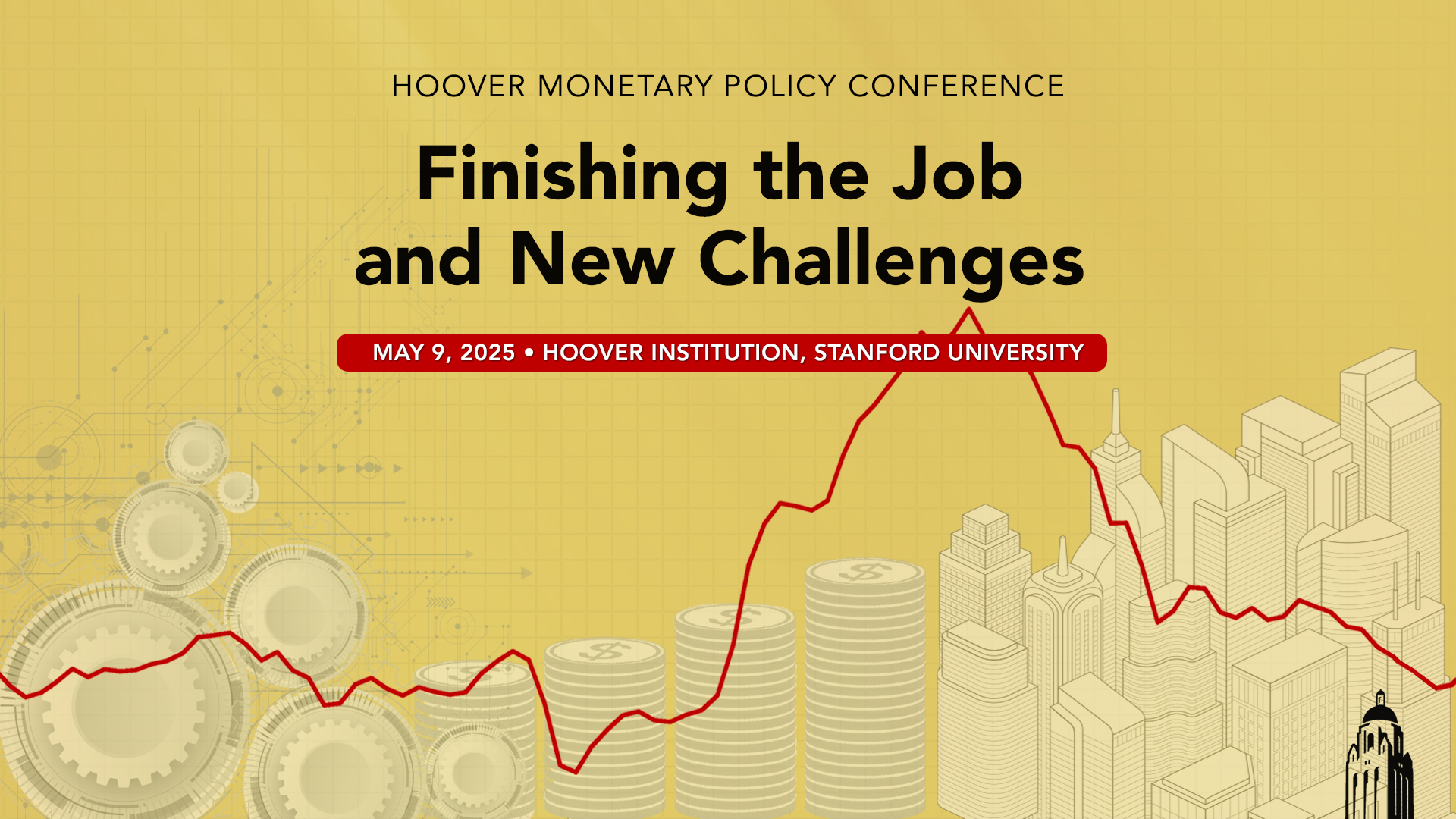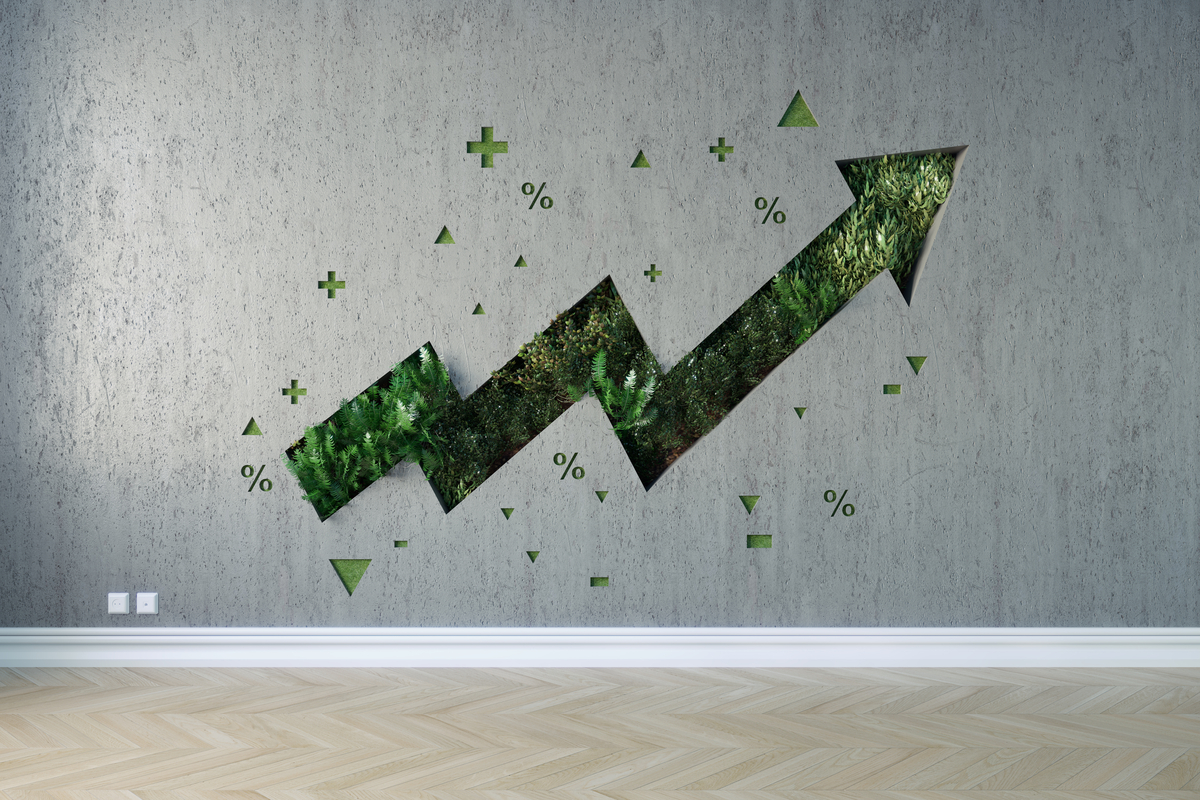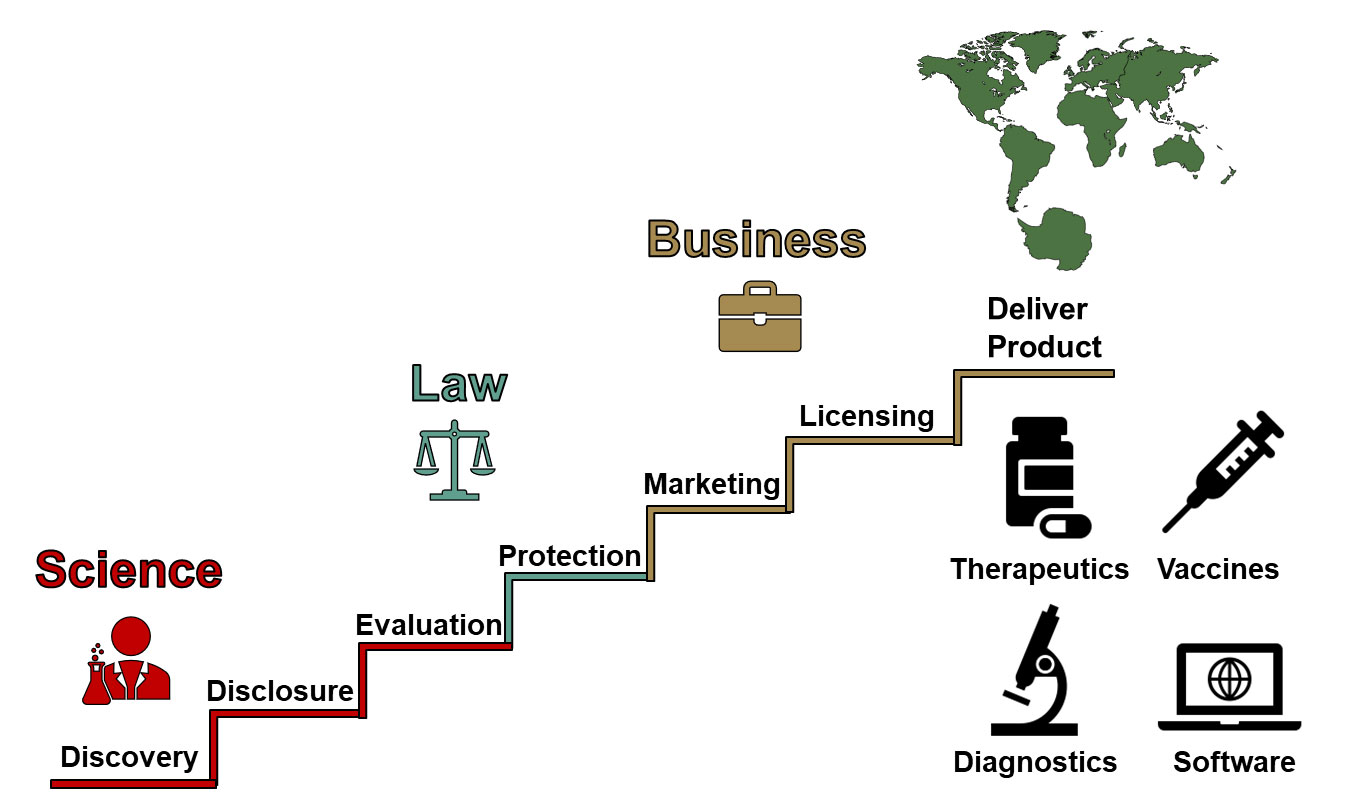Report on European Influence within the AIIB and its Alignment with Sustainable Development Goals
Introduction and Institutional Context
The Asian Infrastructure Investment Bank (AIIB), established in 2015, is a multilateral development bank with a mandate to support sustainable economic development and infrastructure connectivity in Asia. This mission is intrinsically linked to Sustainable Development Goal 9 (Industry, Innovation and Infrastructure). A significant number of European nations joined as founding members, with the strategic objective of embedding internationally recognized financial, environmental, and social standards into the Bank’s governance and operations. This effort aligns with SDG 16 (Peace, Justice and Strong Institutions) by promoting accountable and transparent institutional practices.
Analysis of European Influence on AIIB’s Energy Policy
An analysis of the AIIB’s decision-making processes, based on official documents, annual reports, and statements from the Board of Governors, reveals a discernible European influence on the Bank’s energy sector policies. The primary impact has been the strategic alignment of the AIIB’s energy framework with global climate commitments.
- Paris Agreement Alignment: European members were instrumental in steering the AIIB’s Energy Sector Strategy towards consistency with the Paris Agreement, a critical component of SDG 13 (Climate Action).
- Increase in Green Finance: The influence has directly contributed to a greater emphasis on green finance within the Bank’s portfolio, promoting investments that support SDG 7 (Affordable and Clean Energy).
Alignment with Sustainable Development Goals (SDGs)
The engagement of European members has significantly enhanced the AIIB’s contribution to the global SDG agenda. Key areas of impact include:
- SDG 7 (Affordable and Clean Energy): The focus on a sustainable energy strategy and increased financing for renewable projects directly advances the goal of ensuring access to clean energy.
- SDG 9 (Industry, Innovation and Infrastructure): European influence has helped ensure that the infrastructure projects financed by the AIIB are increasingly sustainable, resilient, and environmentally sound.
- SDG 13 (Climate Action): The AIIB’s Corporate Strategy, which includes a target for 50% of its financing to be climate-related by 2025, is a direct and measurable contribution to global climate action.
- SDG 17 (Partnerships for the Goals): The AIIB’s collaboration with other Multilateral Development Banks (MDBs) to develop a joint methodology for assessing Paris Agreement alignment exemplifies the effective global partnerships required to achieve the SDGs.
Challenges and Ambiguities in SDG Implementation
Despite these positive developments, the Bank’s commitment to sustainable finance has been subject to challenges. Resistance from certain developing member countries has led to an ambiguous institutional approach. Furthermore, recent global events, including the COVID-19 pandemic and the energy crisis following Russia’s invasion of Ukraine, have prompted calls to revise the energy strategy, potentially jeopardizing progress towards SDG 7 and SDG 13.
Policy Implications and Recommendations for Strengthening SDG Commitment
To ensure the AIIB’s commitments to the Sustainable Development Goals are fully realized, the following actions are recommended for European stakeholders:
- Enhance Transparency and Monitoring: To validate the achievement of the 50% climate financing target by 2025 (SDG 13), policymakers and civil society must advocate for greater transparency in project-level decisions and the implementation of robust monitoring frameworks.
- Strengthen Multilateral Partnerships: Continued collaboration with other MDBs through joint working groups and shared reporting is essential to maintain high environmental standards and promote coherence in achieving the SDGs, in line with the principles of SDG 17.
- Maintain Strategic Focus Amidst Crises: European directors must vigilantly monitor any proposed changes to the energy sector strategy in response to global crises to ensure that long-term commitments to SDG 7 and SDG 13 are not compromised.
- Proactive Engagement for Future Strategy: With the second review of the energy sector strategy anticipated before 2027, it is critical for European stakeholders to mobilize early to ensure that climate goals and a just energy transition remain central to the Bank’s future direction.
1. Which SDGs are addressed or connected to the issues highlighted in the article?
The article highlights issues related to infrastructure investment, energy, climate change, and international partnerships, which directly connect to several Sustainable Development Goals (SDGs). The analysis identifies the following relevant SDGs:
- SDG 7: Affordable and Clean Energy – The article’s focus on the AIIB’s “Energy Sector Strategy,” the “energy crisis,” and the push for “green finance” and “energy transition” directly relates to ensuring access to sustainable and modern energy.
- SDG 9: Industry, Innovation and Infrastructure – The core mission of the Asian Infrastructure Investment Bank (AIIB) is to “support sustainable economic development in Asia through infrastructure investments,” which is the central theme of SDG 9.
- SDG 13: Climate Action – The article extensively discusses the “alignment of the AIIB Energy Sector Strategy with the Paris Agreement,” the goal of increasing “climate financing,” and representing interests related to “climate goals,” all of which are central to SDG 13.
- SDG 17: Partnerships for the Goals – The article describes the AIIB as a multilateral development bank involving European and Asian countries. It also mentions its partnership with other MDBs through “joint working groups and shared reporting frameworks” and the role of “civil society actors,” which embodies the collaborative spirit of SDG 17.
2. What specific targets under those SDGs can be identified based on the article’s content?
Based on the article’s discussion of the AIIB’s strategies and goals, the following specific SDG targets can be identified:
SDG 7: Affordable and Clean Energy
- Target 7.a: By 2030, enhance international cooperation to facilitate access to clean energy research and technology, including renewable energy, energy efficiency and advanced and cleaner fossil-fuel technology, and promote investment in energy infrastructure and clean energy technology.
- Explanation: The article highlights the AIIB’s role in increasing “financial flows towards Asian infrastructure,” specifically in the energy sector. The push by European members for an “increase in green finance” and an energy strategy aligned with climate goals directly supports investment in clean energy infrastructure.
SDG 9: Industry, Innovation and Infrastructure
- Target 9.a: Facilitate sustainable and resilient infrastructure development in developing countries through enhanced financial, technological and technical support to African countries, least developed countries, landlocked developing countries and small island developing States.
- Explanation: Although focused on Asia, the principle of this target is central to the AIIB’s mission. The article states the bank “aims to support sustainable economic development in Asia through infrastructure investments,” which involves providing financial support to developing countries in the region.
SDG 13: Climate Action
- Target 13.2: Integrate climate change measures into national policies, strategies and planning.
- Explanation: The article emphasizes the “alignment of the AIIB Energy Sector Strategy with the Paris Agreement.” This action represents the integration of climate change measures into the institutional strategy and planning of a major financial institution, reflecting the spirit of this target at an organizational level.
SDG 17: Partnerships for the Goals
- Target 17.16: Enhance the global partnership for sustainable development, complemented by multi-stakeholder partnerships that mobilize and share knowledge, expertise, technology and financial resources, to support the achievement of the sustainable development goals in all countries, in particular developing countries.
- Explanation: The AIIB itself is a partnership between China, other Asian countries, and numerous European countries. Furthermore, the article notes that the AIIB’s method for Paris alignment “was created in partnership with other multilateral development banks (MDBs),” demonstrating a multi-stakeholder partnership to achieve common standards.
3. Are there any indicators mentioned or implied in the article that can be used to measure progress towards the identified targets?
Yes, the article mentions or implies several specific indicators that can be used to measure progress:
Indicators for SDG 7 and SDG 13
- Indicator: The proportion of climate financing in the total portfolio.
- Source from Article: The article explicitly mentions the AIIB’s Corporate Strategy, which “sets a goal to achieve 50% ‘climate financing’ by 2025.” This is a direct, quantifiable indicator for measuring investment in clean energy and climate action projects.
- Indicator: The existence and implementation of an institutional strategy aligned with international climate agreements.
- Source from Article: The article points to the “alignment of the AIIB Energy Sector Strategy with the Paris Agreement” and the development of a specific “method for checking alignment with the Paris Agreement” as tangible evidence of progress.
Indicators for SDG 17
- Indicator: The establishment of mechanisms for inter-institutional cooperation.
- Source from Article: The article mentions that MDBs should “continue engaging with the AIIB through joint working groups and shared reporting frameworks.” The existence and activity of these groups serve as an indicator of effective partnerships.
Indicators for SDG 9
- Indicator: The total volume of financial flows to developing countries for infrastructure.
- Source from Article: While not providing a specific number, the article’s premise is based on the AIIB’s goal to “increase financial flows towards Asian infrastructure.” The annual amount of these flows would be a key indicator of progress towards Target 9.a.
4. Create a table with three columns titled ‘SDGs, Targets and Indicators” to present the findings from analyzing the article. In this table, list the Sustainable Development Goals (SDGs), their corresponding targets, and the specific indicators identified in the article.
| SDGs | Targets | Indicators Identified in the Article |
|---|---|---|
| SDG 7: Affordable and Clean Energy | 7.a: Promote investment in energy infrastructure and clean energy technology. | The goal to achieve 50% ‘climate financing’ by 2025. |
| SDG 9: Industry, Innovation and Infrastructure | 9.a: Facilitate sustainable and resilient infrastructure development in developing countries through enhanced financial support. | The volume of financial flows from the AIIB towards Asian infrastructure. |
| SDG 13: Climate Action | 13.2: Integrate climate change measures into institutional policies, strategies and planning. | The alignment of the AIIB Energy Sector Strategy with the Paris Agreement; The development of a method for checking this alignment. |
| SDG 17: Partnerships for the Goals | 17.16: Enhance the global partnership for sustainable development through multi-stakeholder partnerships. | The establishment of joint working groups and shared reporting frameworks with other multilateral development banks (MDBs). |
Source: globalpolicyjournal.com







